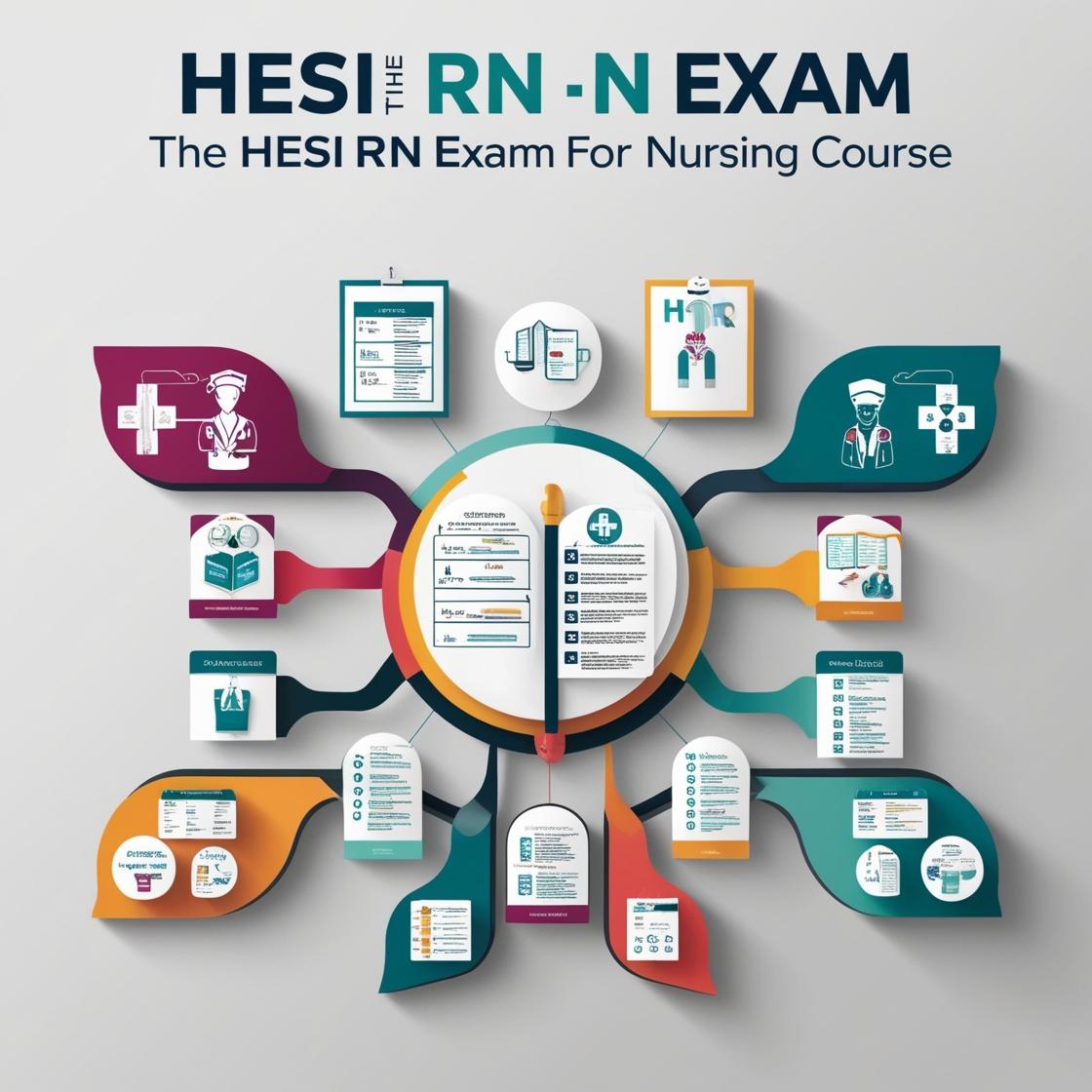HESI RN
Adult Health 1 HESI
1. The nurse is preparing to send a client to the cardiac catheterization lab for an angioplasty. Which client report is most important for the nurse to explore further prior to the procedure?
- A. Experiences facial swelling after eating crab
- B. Reports left chest wall pain prior to the admission
- C. Verbalizes a fear of being in a confined space
- D. Drank a glass of water
Correct answer: A
Rationale: The correct answer is A. Allergy to shellfish can indicate a potential allergy to iodine, which is used in contrast dye for the procedure. This must be explored further to prevent an allergic reaction. Choice B is not directly related to the angioplasty procedure. Choice C pertains to claustrophobia, which can be addressed but is not directly related to the safety of the procedure. Choice D is a routine activity and does not pose a risk to the client during the procedure.
2. While changing a client's post-operative dressing, the nurse observes a red and swollen wound with a moderate amount of yellow and green drainage and a foul odor. Given there is a positive MRSA, which is the most important action for the nurse to take?
- A. Force oral fluids
- B. Request a nutrition consult
- C. Initiate contact precautions
- D. Limit visitors to immediate family only
Correct answer: C
Rationale: The most important action for the nurse to take when a client has a positive MRSA and presents with a wound showing signs of infection is to initiate contact precautions. MRSA is highly contagious and placing the patient on contact precautions helps prevent the spread of the bacteria to others in the healthcare setting. (A) Forcing oral fluids will not directly address the MRSA infection. (B) Requesting a nutrition consult is not the priority in this situation. (D) Limiting visitors to immediate family only is not necessary as MRSA precautions are primarily focused on healthcare workers and close contacts who provide direct care.
3. An adult who has recurrent episodes of depression tells the nurse that the prescribed antidepressant needs to be discontinued because the client is feeling better after taking the medication for the past couple of weeks and does not like the side effects. Which response is best for the nurse to provide?
- A. Remind the client that feeling better is the therapeutic effect of the medication.
- B. Inform the client that gradual tapering must be used to discontinue the medication.
- C. Tell the client to discuss the medication side effects with the healthcare provider.
- D. Tell the client that the medication side effects will most likely diminish over time.
Correct answer: B
Rationale: The best response for the nurse is to inform the client that gradual tapering must be used to discontinue the medication. Abrupt cessation of antidepressants can lead to withdrawal symptoms or a recurrence of depressive symptoms. Choice A is not the best response as it does not address the need for a proper discontinuation plan. Choice C is not the best response as it focuses solely on the side effects and does not address the discontinuation process. Choice D is not the best response because while side effects may diminish over time, the focus here should be on the safe discontinuation of the medication to prevent adverse effects.
4. A female client's significant other has been at her bedside providing reassurances and support for the past 3 days, as desired by the client. The client's estranged husband arrives and demands that the significant other not be allowed to visit or be given condition updates. Which intervention should the nurse implement?
- A. Obtain a court order to enforce visitation rights for the significant other
- B. Request a consultation with the ethics committee for resolution of the situation
- C. Suggest involving security to manage the conflict between the husband and the significant other
- D. Discuss with the client the importance of setting clear boundaries with both individuals
Correct answer: B
Rationale: In this situation, where there is a conflict between the client's significant other and estranged husband, the most appropriate intervention is to request a consultation with the ethics committee for resolution. This ensures that an impartial body can assess the situation, consider the rights and preferences of all parties involved, and provide guidance on how to proceed in a fair and ethical manner. Obtaining a court order (Choice A) may be a legal option but should be considered after exhausting other conflict resolution methods. Involving security (Choice C) may escalate the situation and should only be considered if there is a risk of harm. Discussing boundaries with the client (Choice D) is important but may not immediately address the current conflict between the significant other and the husband.
5. The nurse requests a meal tray for a client who follows Mormon beliefs and who is on a clear liquid diet following abdominal surgery. Which menu items should the nurse request for this client? (Select all that apply)
- A. apple juice
- B. black coffee
- C. orange juice
- D. hot chocolate
Correct answer: A
Rationale: The correct answer is A: apple juice. Clear liquids like apple juice and orange juice are suitable for a client following a clear liquid diet and Mormon beliefs. Options B and D, black coffee and hot chocolate, contain caffeine, which may not align with the client's religious dietary restrictions. Therefore, these options should be avoided for this client.
Similar Questions

Access More Features
HESI RN Basic
$89/ 30 days
- 50,000 Questions with answers
- All HESI courses Coverage
- 30 days access @ $89
HESI RN Premium
$149.99/ 90 days
- 50,000 Questions with answers
- All HESI courses Coverage
- 30 days access @ $149.99
